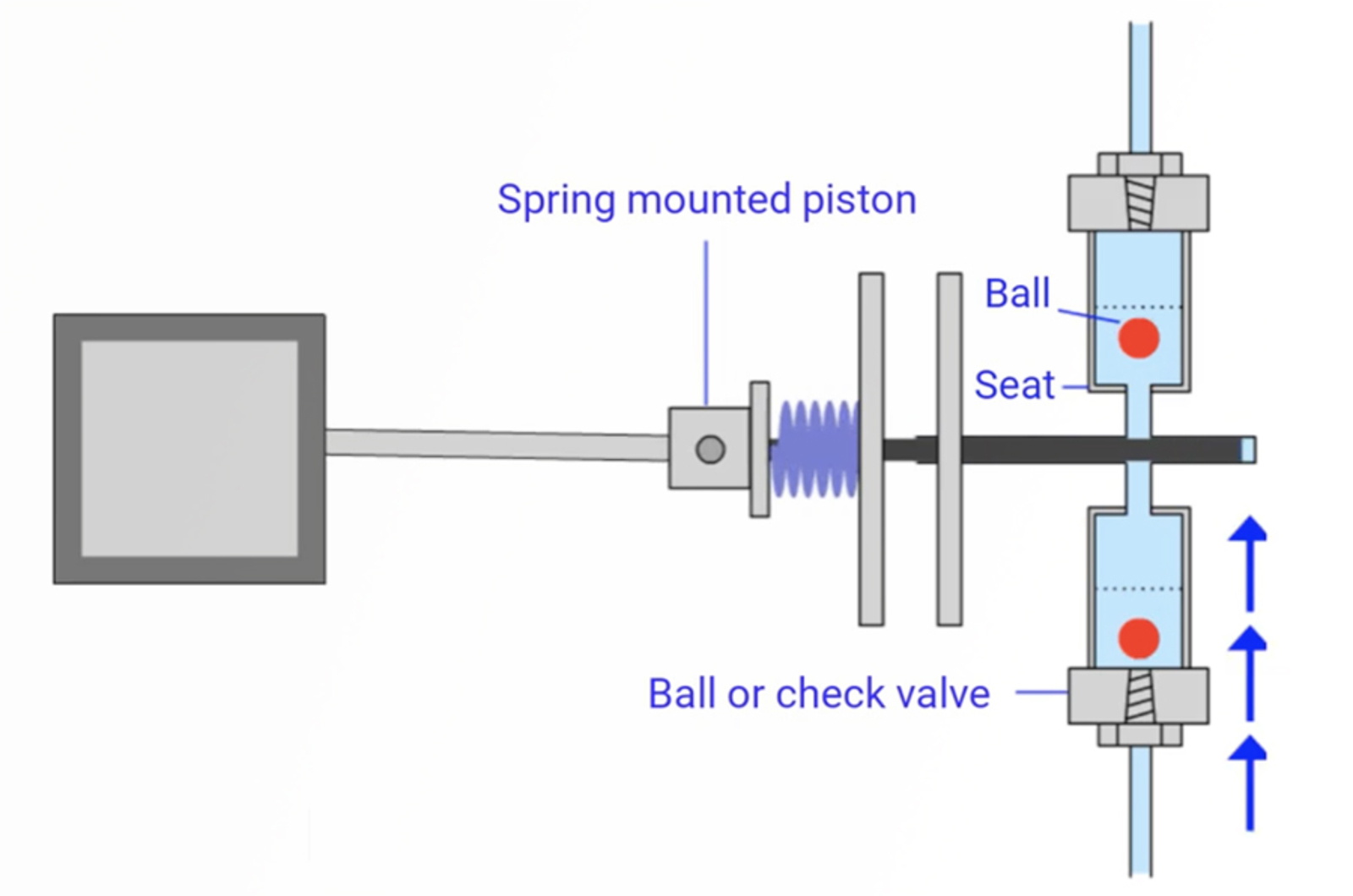HPLC Method Development Video Training Course
Accredited by

This course is accredited by the Royal Society of Chemistry & American Chemical Society - Analytical Division.

This course considers the wide array of choices available to method developers and teaches a refined and logical approach to method development. The fundamental theory of various chromatographic modes is considered to aid understanding of the cause/effect relationships which is required to properly develop and optimize methods in the chosen mode.
Column chemistry is considered in detail alongside useful tools to aid selection of the most appropriate phases to screen during method development. Modelling software is used to demonstrate a logical approach to parameter optimization, including eluotropic strength, buffer strength and choice, pH manipulation of the eluent to gain optimum selectivity etc. Case studies are used to highlight the critical choices in gradient development and optimization.
The course concludes with a session on detector choice in HPLC, including the optimization of UV and MS detector conditions to optimize method sensitivity and specificity.
Session 1:
We begin by discussing how to set analytical objectives, because, in the words of the Wizard of Oz, if you don’t know where you are going, how do you know when you’ve arrived! This will involve assessment of the sample matrix and analyte chemistry (where known) and their influence on designing methods and setting analytical objectives.
We’ll look at the sample preparation options available to us and the types of preparation that might be required for various application types and detection techniques. We also begin our discussion on selecting the correct mode of chromatography for our separation and examine some of the stationary phase chemistries and morphologies available to today’s method developers.
Session 2:
In our second session we conclude our discussions on HPLC column selection, including a discussion on stationary phase characterization and sources of information to aid column selection.
We will also consider column geometry and the selection of column dimensions to suit our analytical objectives. Following this, we will begin our discussions on logical method development, including choice of the separation mode and initial sample screening using scouting gradients and we will begin our discussion on eluent design and optimization by investigating the various solvents available and their characteristics.
Session 3:
Following our logical development pathway, in session 3 we use computer modelling software to highlight key approaches to optimizing eluotropic strength and pH when dealing with ionogenic compounds as well as buffer selection and buffer strength.
We also consider the fundamental separation mechanisms at play in gradient HPLC and begin our discussions on developing and optimizing gradient HPLC parameters.
Session 4:
In the final session we conclude our gradient optimization work and consider several real-life separations using computer modelling to illustrate the decision processes within gradient optimization and the possibility for optimizing two parameters simultaneously. We also discuss approaches to automation in method development.
We conclude the course with a look at various detector types and how the requirements and operational performance of each detector might influence our method development choices, including the use of mass spectrometric detectors.

